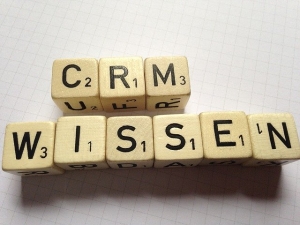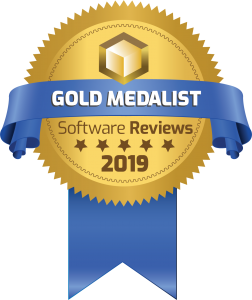How do I start the search for the right software?
But which software should I actually use now? You think about what your own core businessis and look for a suitable “leading system“. For a web shop, this would be a good shop system. Manufacturing industry with warehousing is looking for an ERP. Marketing focussed companies go for marketing tool and if sales is the most important area for you, a CRM will fit to your needs. All modern tools have an API – in short: the ability to connect the software to other solutions. And so you have your leading system and simply let it talk to each other with other solutions that you need for your other requirements. Pipedrive already offers many of these integrations as out-of-the-box solutions. You can find them on thePipedrive marketplace and here a selection of good solutions especially for the english-speaking market. The most common solutions are probably Slack (communication), Asana (project management, task distribution), PandaDoc (automatic document creation), CloudTalk or snapADDY (data acquisition, business card reader, trade fair report). If there isn’t a standard integration, the PD Experts developers can make one for you too.
And how do I know which CRM is right for me?
The most important criterion:
Or to put it another way: how many people should work with it?
Why is this so important: A company with 5,000 employees has completely different requirements in terms of security, usability and process security than a company with 50 employees. The large company must and probably can afford to hire specialists for CRM implementation and maintenance. A small company must and should be able to react quickly and flexibly. If necessary, the manager should be able to add custom fields himself or distribute licenses. Or if an employee leaves, block the access.
Other important criteria:
-
How many companies are using the tool?
If a tool has very few customers, it is either specialized in a small area or is still very new on the market. Accordingly, it is either quite expensive (the development costs are logically divided among the existing customers) or not very mature. Neither is optimal. If you have standard requirements, you should also use a standard tool. And if your requirements are so different from what the standard tools suggest, then you should question your processes. If many comparable companies work differently than they do, there may be a reason.
-
How long has it been on the market?
new solutions are often not yet fully developed and still have teething problems. 5 years and more establishment on the market is already good when it comes to complex topics such as customer management. Then you can assume that customer feedback has been incorporated and that companies are happy to work with it.
-
What was the goal of the development at the beginning of the product?
If the core area of a tool is accounting, for example, the probability is very high that the programmers will set a higher standard for the correctness of master data maintenance. If no VAT number is entered, no invoice can be issued. At first glance, that doesn’t matter to a salesperson. And so a sales tool should probably not be programmed by the programmers of an accounting tool.
Every B2B software initially requires a familiarization phase. Even if you see an Excel for the first time in your life, you don’t know what to do with it. It is all the more important that you can ask people if you need support. This can now be the software provider himself (for example directly via the Pipedrive Help Center or indirectly via videos or a knowledge base), implementation partner like us, but also other users via Facebook or a community.















